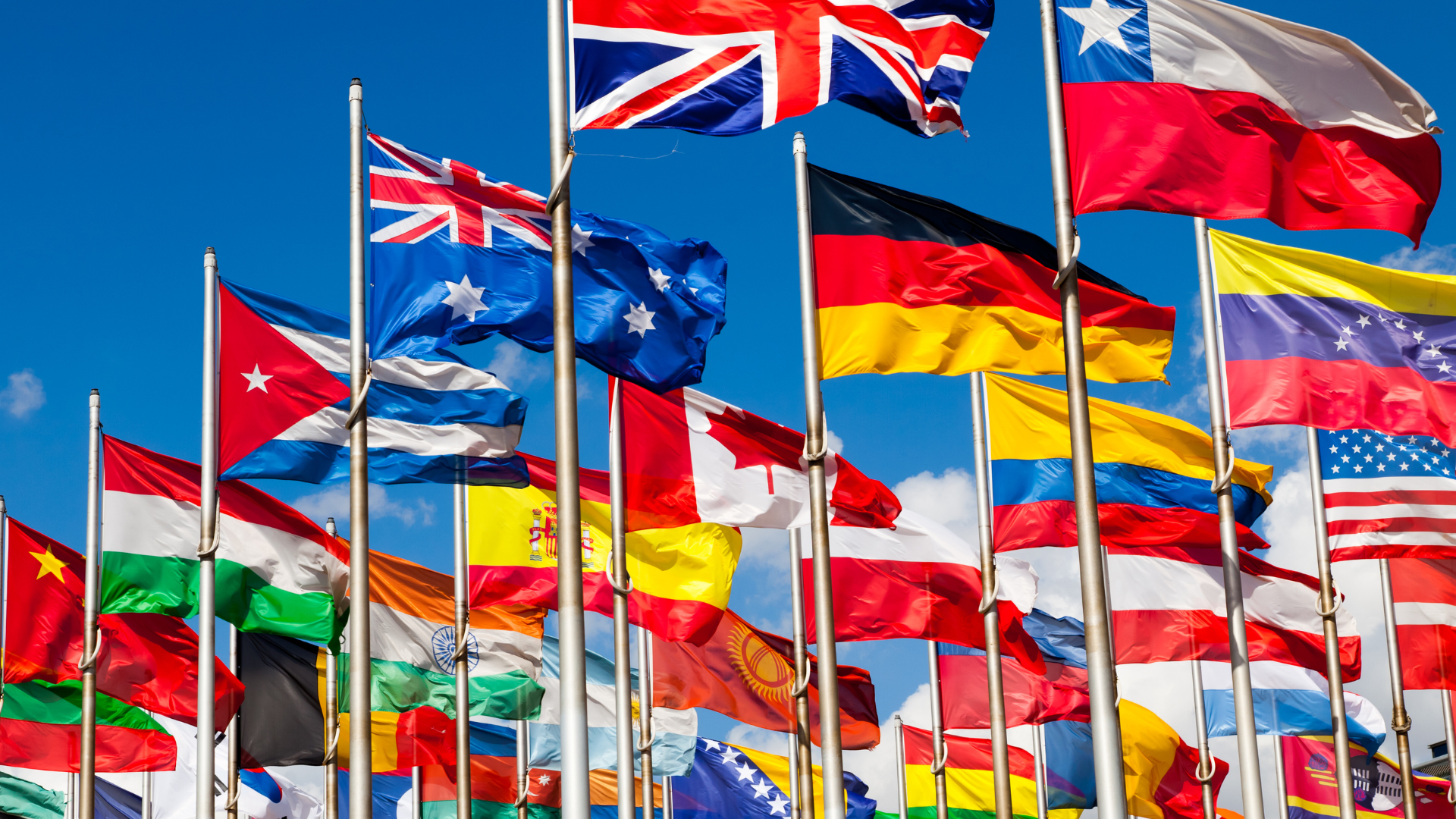In Japanese culture, mastering the art of reading between the lines is a vital communication skill. The term “kuuki yomenai,” which translates to “one who cannot read the air,” aptly describes individuals who struggle to grasp subtle cues and unspoken nuances in a conversation. This concept highlights the stark differences in communication styles across cultures and the issues that can arise, especially when contrasting high-context cultures like Japan, where much is implied, with low-context cultures like the United States, where communication is direct and explicit.
Erin Meyer’s The Culture Map delves deeply into these cultural differences that show up in those moments and interactions that take a turn you may not have necessarily expected by offering a practical framework for navigating the complexities of cross-cultural communication. This book has proven to be incredibly relevant for our InteraWorks team, which spans seven countries and has facilitated work in over 70 countries over the past two decades. Understanding these cultural nuances isn’t just valuable—it’s essential for our success.
Meyer, who hails from my home state of Minnesota, brings a unique perspective to the intricacies of international business communication. In this review, I’ll highlight three key concepts from the book that have significantly influenced my approach to leading a global team.
Communicating Across the Spectrum: High-Context vs. Low-Context Cultures
One of the foundational themes in The Culture Map is the distinction between high-context and low-context communication. In high-context cultures like Japan and China, communication is often implicit, relying heavily on non-verbal cues, historical context, and a shared understanding. Conversely, in low-context cultures like the United States and Germany, communication is explicit, clear, and direct.
Meyer’s analysis has profoundly impacted how I approach communication with our international clients. For instance, when working with our Japanese clients, I’ve learned the importance of tuning into non-verbal signals and the subtleties within a conversation, sometimes even rephrasing questions multiple times to ensure understanding. In contrast, being transparent and straightforward is crucial when engaging with American counterparts, leaving little room for ambiguity.
The Art of Persuasion: Principles-First vs. Applications-First
Another enlightening concept from Meyer’s book is the variation in persuasion styles across different cultures. She identifies two primary approaches: principles-first (deductive reasoning) and applications-first (inductive reasoning). In principles-first cultures, like those in France and Italy, arguments are built on theoretical frameworks before applying them to specific cases. On the other hand, in applications-first cultures, such as the United States, it’s more common to start with practical examples before moving on to general principles.
This insight has been invaluable when structuring presentations and proposals for our international clients. For example, when working with French or Italian partners, I now ensure we start with the theoretical rationale before delving into the practical applications. This slight adjustment has led to more effective communication and better alignment with our global partners.
Trusting Across Cultures: Task-Based vs. Relationship-Based
Trust is the cornerstone of any successful business relationship, but how trust is built can vary significantly across cultures. Meyer identifies two primary ways of building trust: task-based and relationship-based. In task-based cultures, like the United States and Denmark, trust is built through work and reliability—essentially, if you do good work, you are trustworthy. On the other hand, in relationship-based cultures, such as China and Brazil, trust is developed through personal relationships and social interactions.
Understanding this distinction has been crucial in managing our international teams. I’ve learned the importance of building personal connections in relationship-based cultures, even if it means spending more time on non-work-related activities. This approach has not only strengthened our relationships but has also led to more cohesive and effective teamwork.
Erin Meyer’s The Culture Map is a must-read for anyone working with multicultural teams. It offers a comprehensive guide to navigating the often-overlooked nuances of cross-cultural communication. In addition to the three key concepts I have outlined above, she also delves into feedback (which is fascinating), leading, decision-making, disagreeing, and scheduling.
For our team at InteraWorks, the insights from this book have been transformative, enhancing our ability to understand and respect the diverse cultural backgrounds of our colleagues and clients. By adapting our communication, persuasion, and trust-building strategies to align with different cultural contexts and having an insight into other cultural differences, we’ve fostered stronger, more effective partnerships across the globe.
Author – Stephenie Rockwell, InteraWorks Director of Culture + Client Experience
About InteraWorks
InteraWorks is a global learning company on a mission to elevate the human experience at work. Specializing in professional development and performance enablement, we offer top-rated learning programs based on four defined conditions that must exist for individuals, and teams including Effective Edge, Best Year Yet, and the Essentials series. Our integrated learning framework and online tools generate immediate and sustainable breakthroughs in performance. Through decades of working at all levels in enterprise companies across many industries, we’ve built a reputation for helping people and organizations harness their focus, mindset, talent, and energy to produce results that matter most.
We’ve defined four conditions that must exist for an individual, team or organization to be effective within the arena of performance and development; Accountability, Focus, Alignment, and Integrity. We’ll continue to explore these and more in our blog and look forward to your engagement and interaction with us. Stay tuned as we engage the edges.

